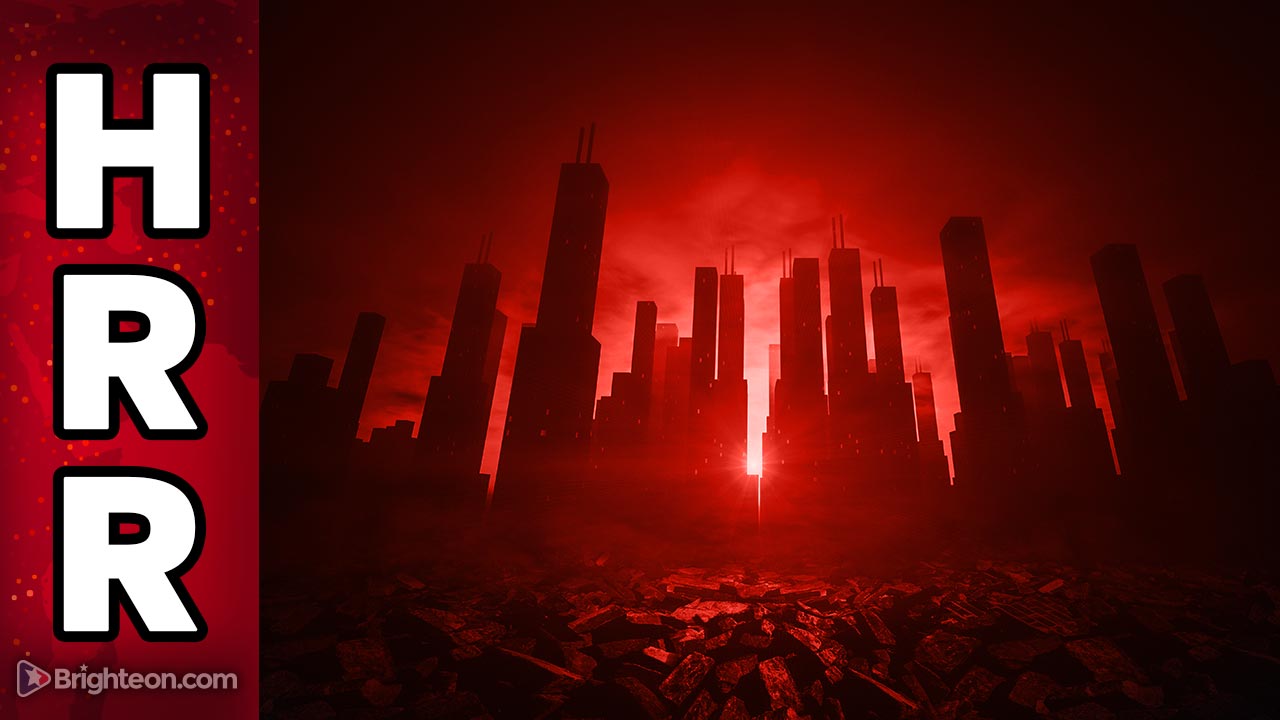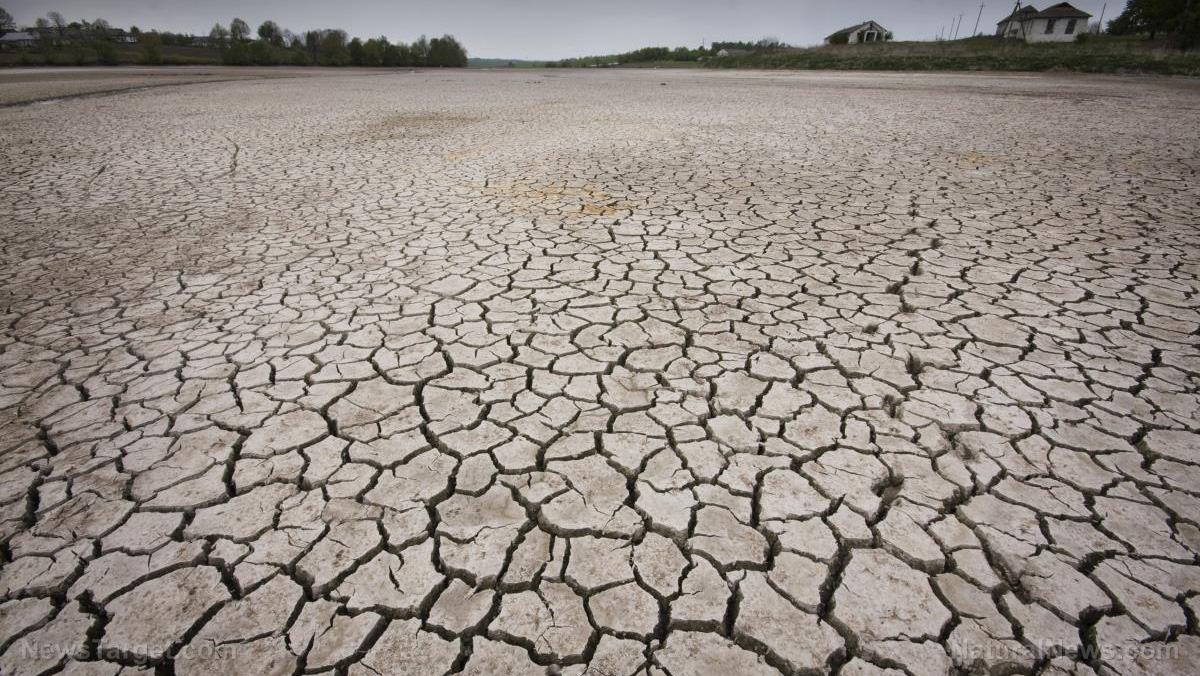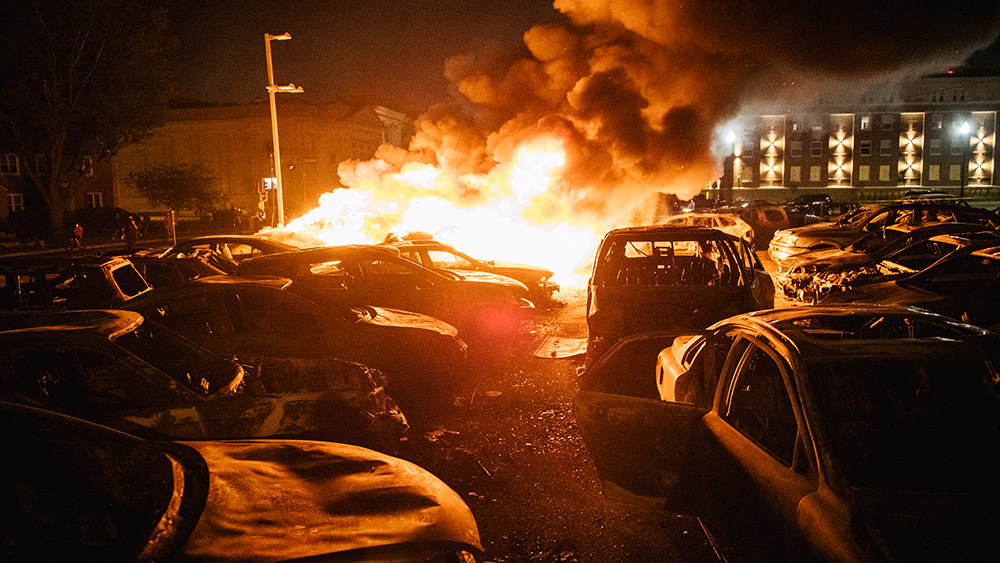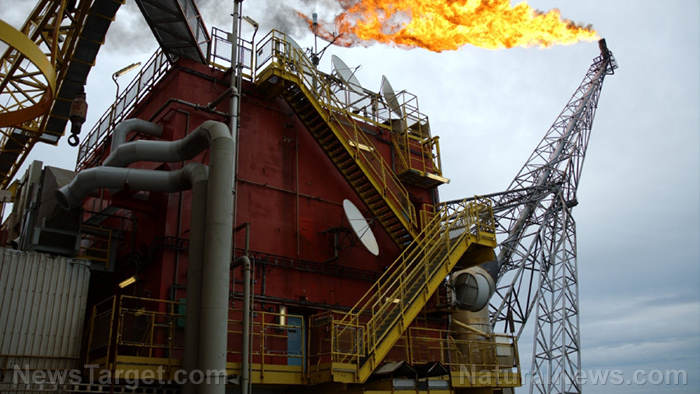Severe drought in South America wreaking havoc on shipping, energy, fishing and drinking water supplies
10/27/2021 / By Cassie B.

The effects of the severe ongoing drought in South America can be felt throughout the continent, with the second-longest river there, the Parana River, hitting a 77-year low that is compromising commercial shipping, fishing and the drinking water supply of 30 million people.
Paraguay is being especially hard hit. The landlocked nation of seven million inhabitants depends on the Parana and Paraguay Rivers, which have been drying up significantly in the most extreme drought seen there since the 1940s.
The pair of rivers power this country’s grain, cattle and fruit industries. The country, which is roughly the size of California, gets drinking water from the rivers, which also serve as ways of connecting Paraguay to the world around it. They provide the means of moving agricultural exports that feed 80 million people abroad and allow fertilizers, chemicals, fuel and machinery to make their way into the country.
All told, Paraguay uses its rivers for 96 percent of its commerce, so the effects of the drought have been devastating. The water levels at one important port on the Parana River were so low recently that barge convoys were unable to haul grain for export. Instead, it had to be loaded onto trucks and brought down to the deeper Paraguay River, where barges were able to be loaded, albeit at 50 percent capacity.
However, this is an unsustainable way of doing business. The Wall Street Journal reports that the trucks can carry just 30 tons of grain compared to the 2,000-ton capacity of barges. The convoy of barges normally used for this can haul a total of 30,000 tons; it would take 350 trucks to accomplish the same feat.

Brazil’s energy grid in danger
Meanwhile, at Itaipu, the second biggest dam in electricity production in the world, Superintendent of Operations Hugo Zarate said it’s been a quarter of a century since such little energy was produced there, with the drought only worsening and water flow continuing to decline. Water flow has been down by more than 30 percent since 2019 at the dam, whose revenue is expected to drop 40 percent this year.
This is impacting the energy grid in Brazil, which gets around 11 percent of its power from Itaipu.
The dam is run jointly by Paraguay and Brazil. Brazilian President Jair Bolsonaro has asked citizens to avoid elevators and find other ways to cut down on power use, while Vice President Hamilton Mourao has warned that energy rationing could occur thanks to the drought.
Deforestation in the Amazon is said to be contributing to the problem by leading to a hotter and drier growing season due to lower rainfall.
Drought unlikely to end any time soon
The droughts are being followed by spells of cold weather with temperatures low enough to devastate crops. Some farmers have reported yield drops of 60 percent per acre for corn and wheat compared to 2018, while the prices of fertilizers and gasoline are climbing thanks to the challenges of importing them on rivers that are now too shallow to safely navigate.
It is also impacting fishermen, with the low water levels causing a lack of oxygen that is inhospitable to fish. One fisherman said that a week of fishing normally yields around 20 or 30 kilos; a recent extended fishing trip, however, yielded just one 2.5-kilo salmon.
A Paraguayan scientist, Dr. Norman Breuer, said that more drought conditions are expected for this year thanks to the La Niña weather phenomenon. While that may not mean there will be no rain at all, it will likely continue to be significantly less than the historic median.
Sources for this article include:
Submit a correction >>
Tagged Under:
Brazil, Bubble, Climate, disaster, Drought, Ecology, electricity, environment, food collapse, food supply, harvest, Paraguay, Parana River, power, power grid, power supply, products, South America, water supply
This article may contain statements that reflect the opinion of the author
RECENT NEWS & ARTICLES
COPYRIGHT © 2017 COLLAPSE.NEWS
All content posted on this site is protected under Free Speech. Collapse.news is not responsible for content written by contributing authors. The information on this site is provided for educational and entertainment purposes only. It is not intended as a substitute for professional advice of any kind. Collapse.news assumes no responsibility for the use or misuse of this material. All trademarks, registered trademarks and service marks mentioned on this site are the property of their respective owners.





















